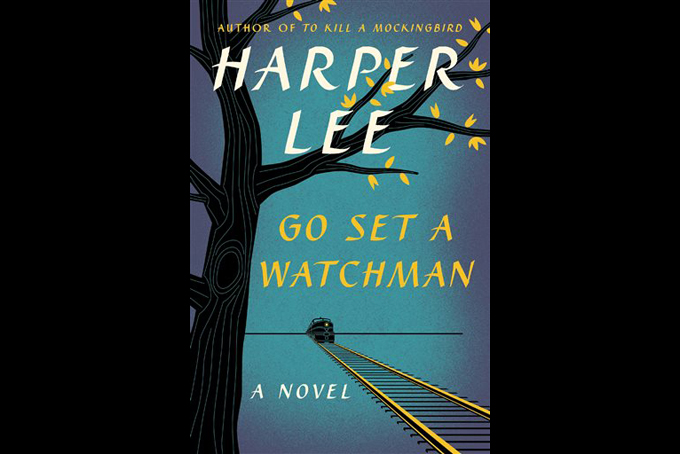
The recent news that Harper Lee’s Go Set A Watchman novel reveals her To Kill A Mockingbird hero Atticus Finch to be a racist shocked the literary world.
Actually, according to the Wall Street Journal on July13, Watchman was written by Ms. Lee in 1960 and presented to HarperCollins Publishers after she traveled to New York City from her native Alabama. Her editor reportedly was less impressed with her book than with its character development. The editor suggested she write a book about protagonist Scout before she was an adult. That proved momentous advice and resulted in the publication of Mockingbird, as Watchman was shelved.
To Kill A Mockingbird is set in 1930s small town Alabama and tells the story of lawyer Atticus Finch’s defense of a wrongfully charged Black man accused of raping a White woman. The fictional narrator, Scout, is Finch’s young daughter and the adult Jean Louise Finch in Watchman. Mockingbird has sold more than 40 million copies globally, has been translated into many languages, won the 1961Pulitzer Prize, and was released as a motion picture in 1963.

The shocker stems from a lawyerly, wise, and kindly Mr. Finch—-who was portrayed in the Oscar-winning Mockingbird film by a bespectacled Gregory Peck—- morphing into an old Southern racist in Watchman. The riveting fictional image of the ultimately-doomed accused Tom Robinson portrayed in the film by Brock Peters—-trembling and protesting his innocence—-likely moved all but the most racist hearts.
The accidental events that enabled Harper Lee to create a hateful old Finch and retroactively recreate him as a beloved defender of equality also enabled an artful twist on a real-life Southern lawyer, a larger than life one, Thomas Jefferson, the third president of the United States.
Historians, journalists, and pundits have debated the apparent disconnects between Jeffersonian thoughts, actions, and words for more than 200 years. It is well known today that as a young man of slave-state Virginia, Mr. Jefferson drafted the flowery Declaration of Independence in 1776. What is less well known is that he, like Atticus Finch, represented an African American man in court—-in fact two men.
In the most studied of the cases, Howell v. Netherland, according to “Reports of Cases Determined in the General Courts of Virginia”(1829), the 20-something future president argued in 1770 that an enslaved Samuel Howell, whose grandmother was White and grandfather was Black, should be set free under Virginia law. Like Mr. Finch in the Robinson trial, Mr. Jefferson lost the case.
Unlike fictional Finch, whose 50-year secret burst forth in an elderly racist, real-life Jefferson displayed his contradictory liberty-loving/bondage-loving proclivities much of his adult life. Only 11 years after Howell was unsuccessfully litigated, a 30-something Mr. Jefferson wrote in his Notes on the State of Virginia that Black men preferred White women in the way orangutans desired Black women; appear to deal more in sensation than reflection; and in reasoning are inferior to Whites. As “a suspicion only”, he wrote of the inferiority of Black minds and bodies.
These 1781 observations were written merely five years after the “liberty”, “created equal”, and “unalienable rights” self-evident truths were placed into his Declaration.
If the 1998 DNA evidence and historians that points the paternity finger at him are relied upon, among the hundreds of slaves that he owned were six that he fathered; the mother was his slave and mulatto sister-in-law. The first of the children was born to a teen-aged Sally Hemings in his bondage and a middle-aged Thomas Jefferson.
History will determine whether the now number-one best-selling Go Set A Watchman will enjoy the critical and financial success of To Kill A Mockingbird. At the same time, Jefferson is judged to be among the greatest Americans/presidents by some; a racist villain by others. Of course, he died at age 83 in financial ruin.
Robert Hill is a Pittsburgh-based communications consultant.